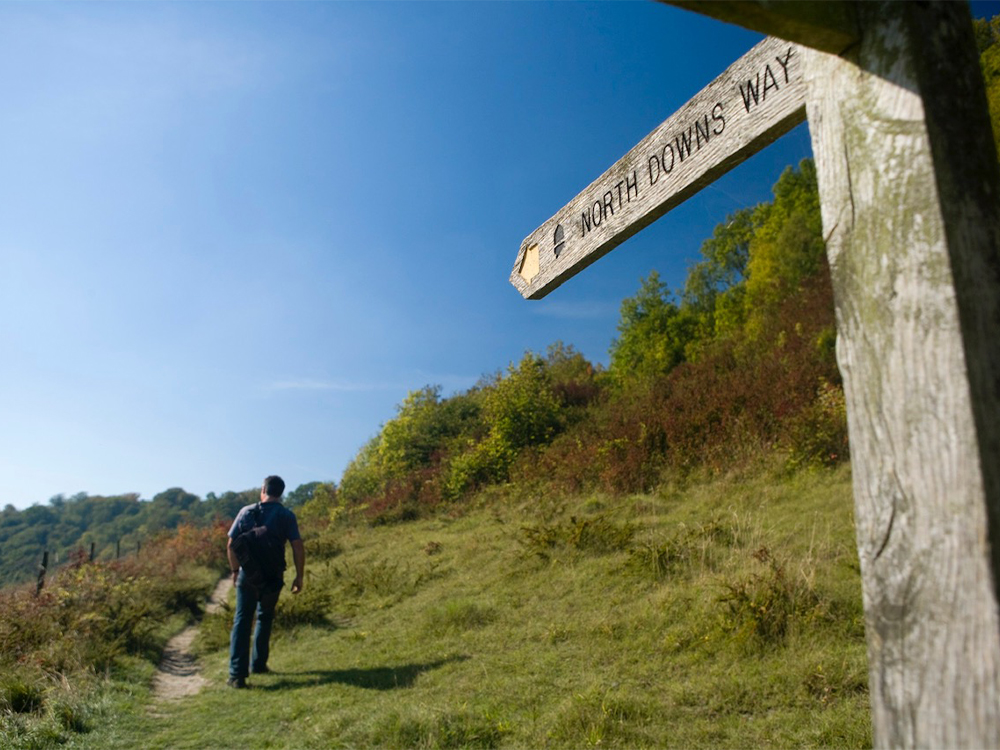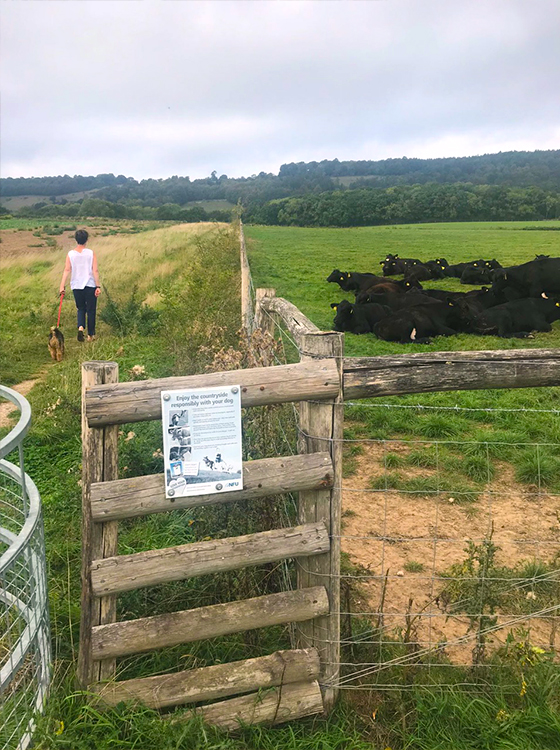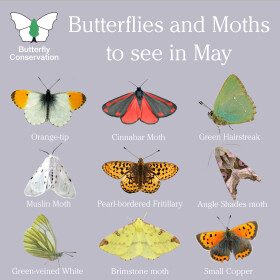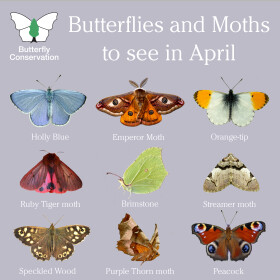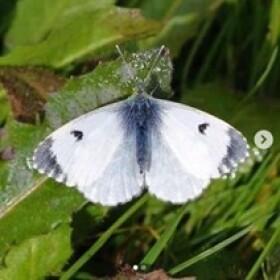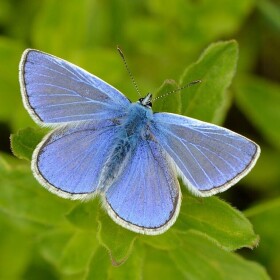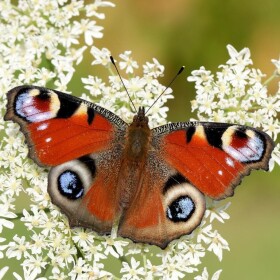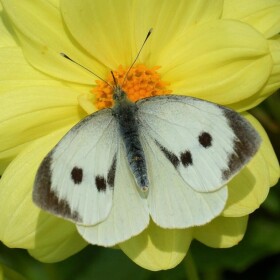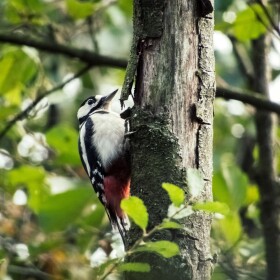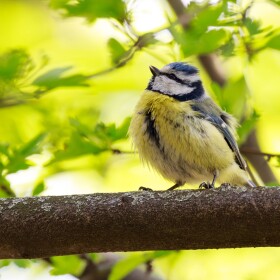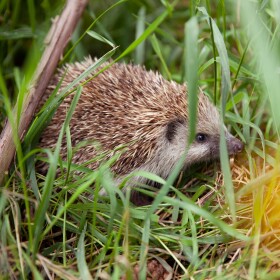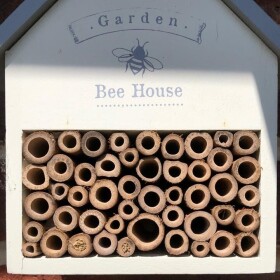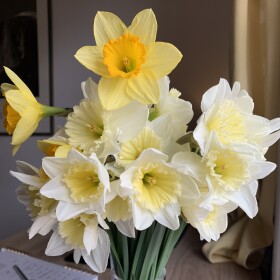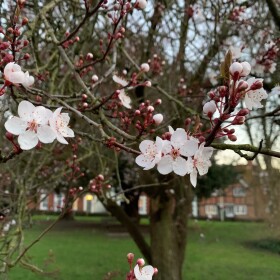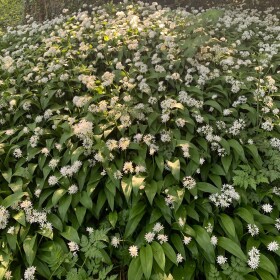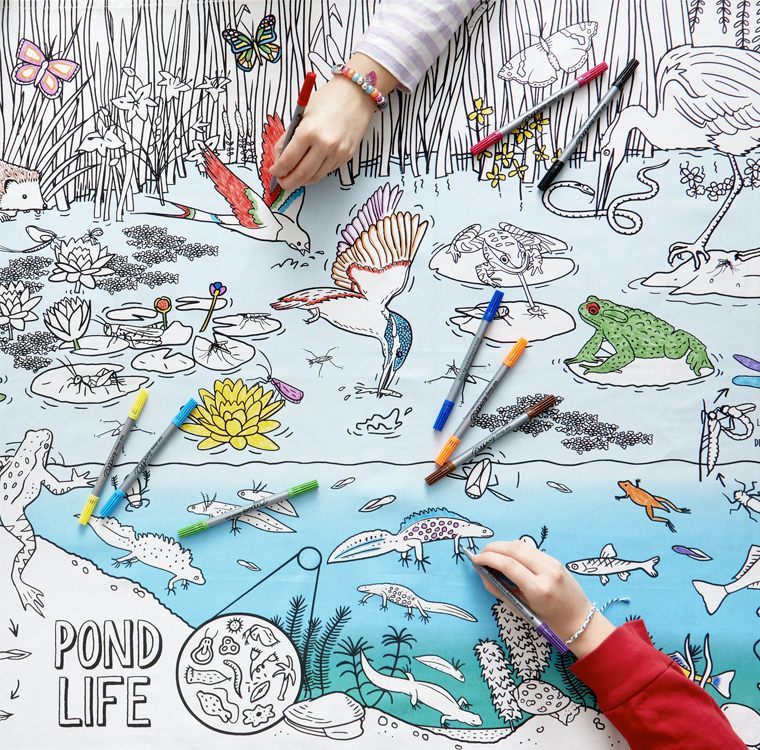Spring, even the sound of the word lifts your spirits. Little shoots of colour start to emerge and with it hope for the warmer months ahead, so get digging and clearing and start getting your garden in shape
Getting your garden ready for spring should be a pleasure rather than a chore, so it’s time to dig deep and get some spade work in and you’ll reap the rewards later.
Even for professionals such as our expert Cathie Welch, kick starting your garden for spring is no easy task: “Gardening is a real challenge these days and every season will be different.” So where to start? Cathie advises ‘mulch, mulch, mulch’. “The most important thing any gardener can do is to improve the soil. A thick mulch of home-made garden compost, well-rotted manure or suitable compost that is peat free.
“It’s a huge subject but anything that is not wood chip or multi-purpose potting compost should be ok but check to avoid expensive mistakes. A thick mulch will keep in the moisture, suppress germinating weeds, feed the plants, prevent soil compaction from walking on it as well as looking fabulous.”
Having done the ground work, you need to turn your attention to your plants health, which means pruning and training. This time of year is especially important for roses to ensure a fragrant colourful abundance in the summer months to come – make sure you know whether you have climbers, ramblers, bush, shrub and prune accordingly, says Cathie.
And it’s not just roses that need some TLC, “Wisteria is another tricky one that needs its spur prune by mid March as do apples and pears,” Cathie continues, “many other plants can be cut hard back like Spireaea, Hypericum, Buddleia and all the Dogwood Cornus to name but a few. Avoid pruning Acers until they are in full leaf and never prune plums and other stone fruits until the summer. Evergreens should ideally wait and be especially vigilant of nesting birds. When you prune consider making piles or a dead hedge if you have space rather than burning or binning.”
For many of us our lawns are the crowning glory. This month is the ideal time to sow a new lawn or repair worn patches. As the month progresses, it may even be time to cut the lawn again. Some lawn basics – set the mower blades high to avoid scalping. Rake (scarify) the lawn to get rid of debris, dead grass and moss. Aerate badly drained areas of the lawn with a hollow tined fork. Try to avoid walking on waterlogged lawns and working in sodden borders to avoid soil compaction.
Cathie warns against neglecting your lawn. “If you want a green striped lawn then that is hard work scarifying, aerating, top dressing and seeding at this time of year. Think about whether you can let areas grow a little longer or create a meadow (not easy) but you are creating diverse habitats.”
And finally, to planting. Cathie says: “Take time to enjoy the bulbs, emerging shoots and the warming sun.” Find out more advice and about her services at cathiesgardeningschool.co.uk
“This year, why not try your hand at sustainable gardening,” asks Wantage based Helena Whall who runs a garden and planting design business. “Sustainable gardening means gardening in an environmentally conscious way – putting nature at the forefront of all your gardening practices. Gardening sustainably is not only good for the environment, it is also good for your health and well-being, so it’s a win-win! Gardening sustainability is not difficult or expensive and you don’t need a large garden.”
Helena’s top tips for making your garden greener include planting a tree and one or two shrubs which will provide habitat and shelter for birds as well as offering shade in the increasingly warm summers. Choose pollinator-friendly plants, Helena adds: “As a rule of thumb, the greater the diversity of flowering plants in your garden, the greater the diversity of pollinators you will get. And it goes without saying, that avoiding the use of pesticides will enhance the biodiversity in your garden.”
Choosing the right plant for the right place in your garden is also crucial and most importantly as she concludes: “Don’t forget on the next warm day, take a chair outside and sit and enjoy the wildlife in your garden.”
For help to make your garden more sustainable, contact Helena Whall Garden & Planting Design at [email protected]
A&M Fencing are a small independent business with over 25 years of experience specialising in all types of high quality, built to last fencing and gates. They offer a personalised service for both domestic and commercial fencing and will meet you to discuss your requirements and offer advice and free quotations. More information at amfencing.co.uk or call David on 07779 681484.
Is moss falling from the roof clogging up your gutters and making an unsightly mess about the garden? The Gutter Cleaning People will bring your roof back to life, and the biocide treatment will prevent regrowth. Bookings now being taken for the spring. All work guaranteed. Contact The Gutter Cleaning People on 0118 933 6983. With spring showing signs of arrival it’s time to think about your garden and how you can enjoy the summer. At Countryside Oak we work with homeowners like you to design and create inviting outdoor living spaces. From solid European Oak frame gazebos and pergolas in off-the-shelf designs, to creating something completely bespoke, all our oak frames are hand-crafted in South Oxfordshire by our experts to ensure we deliver and exceed customer expectations every time. Get in touch on 07387 248887 or visit countrysideoak.co.uk








